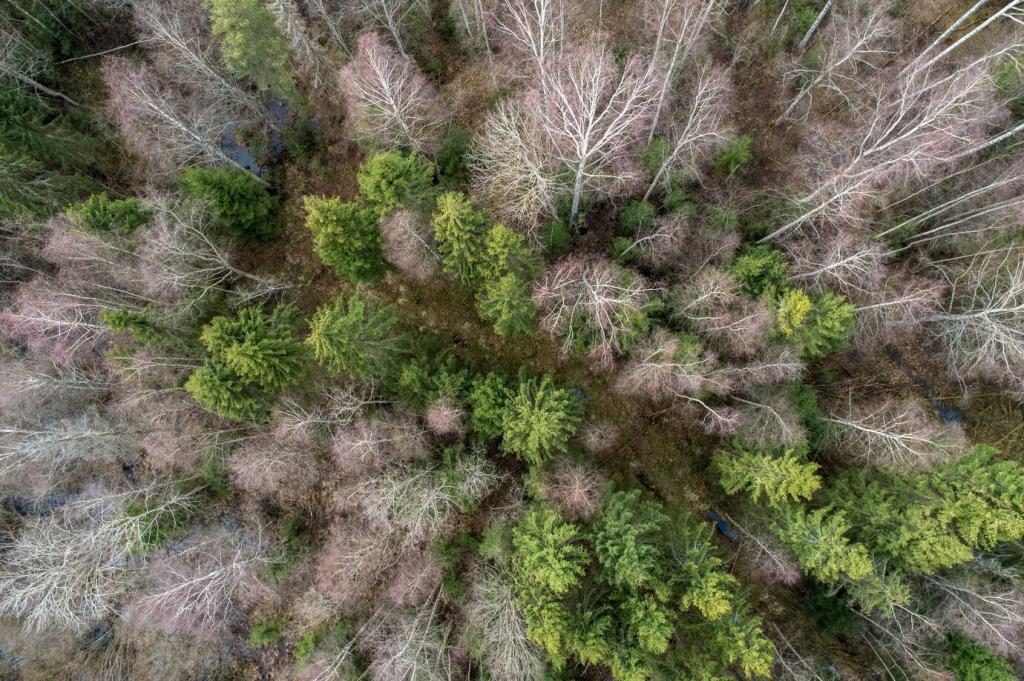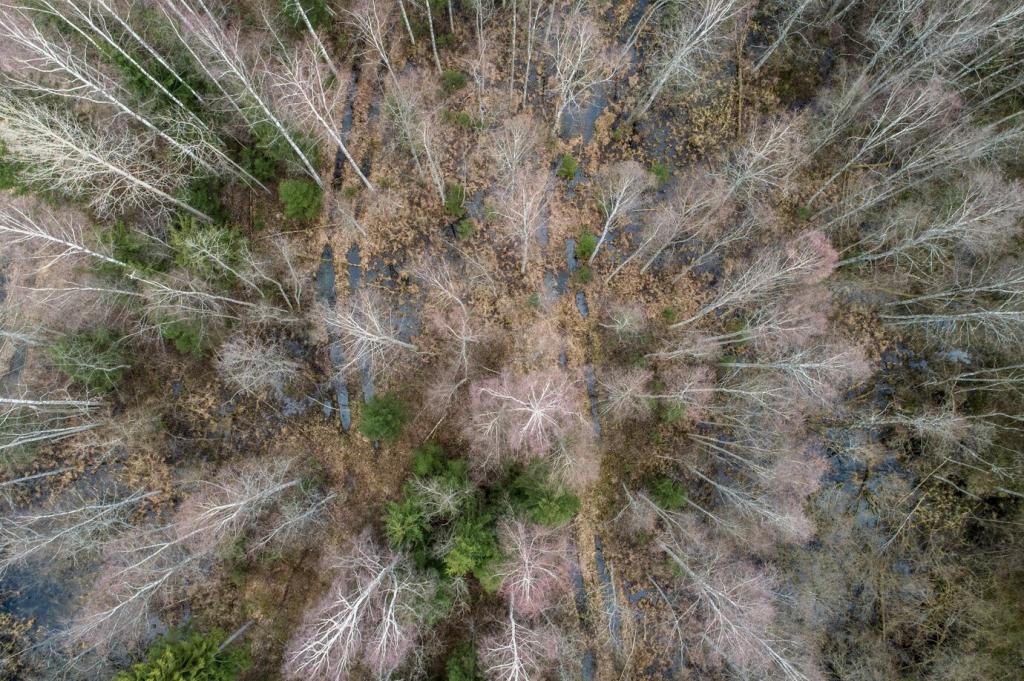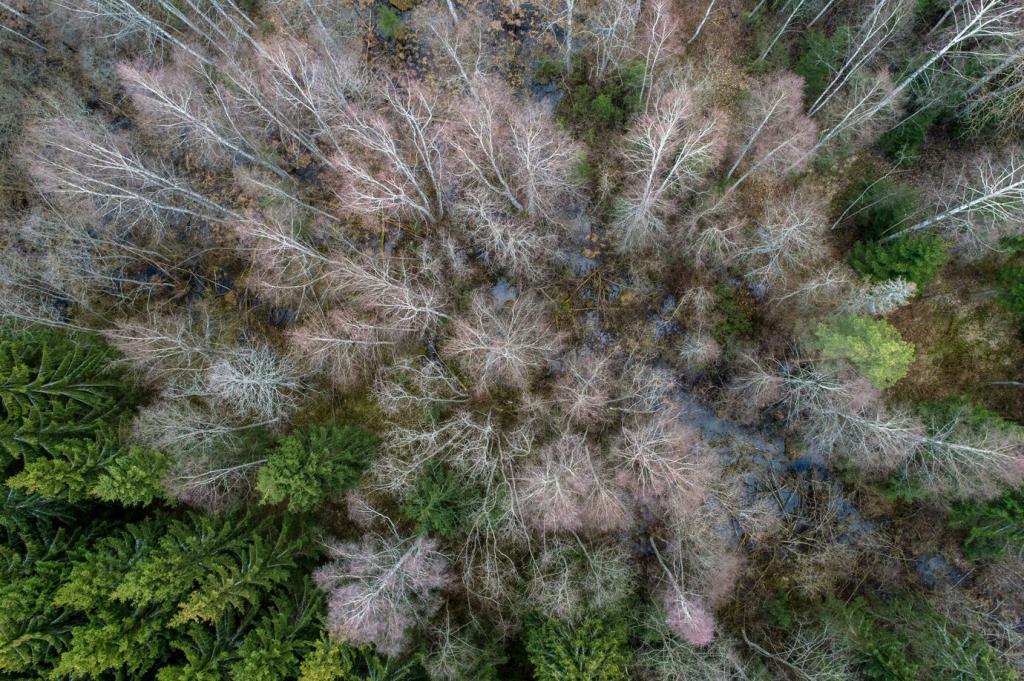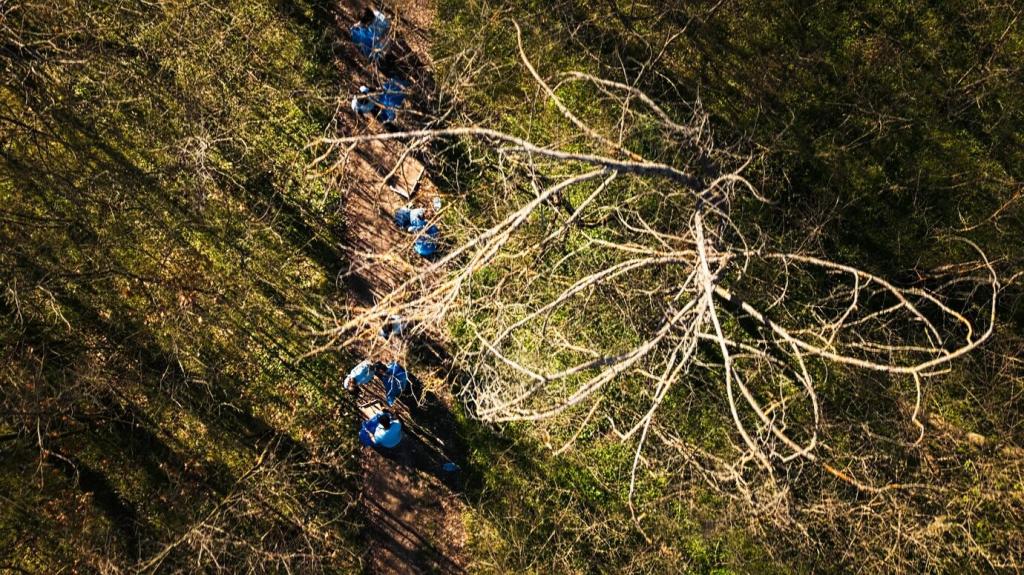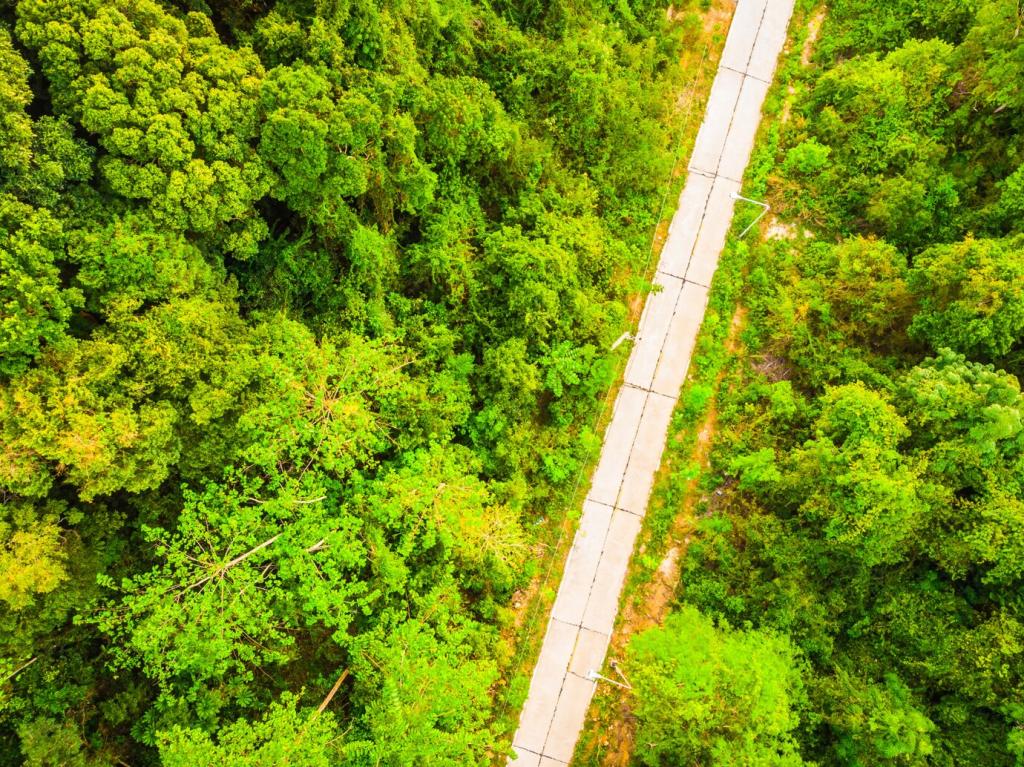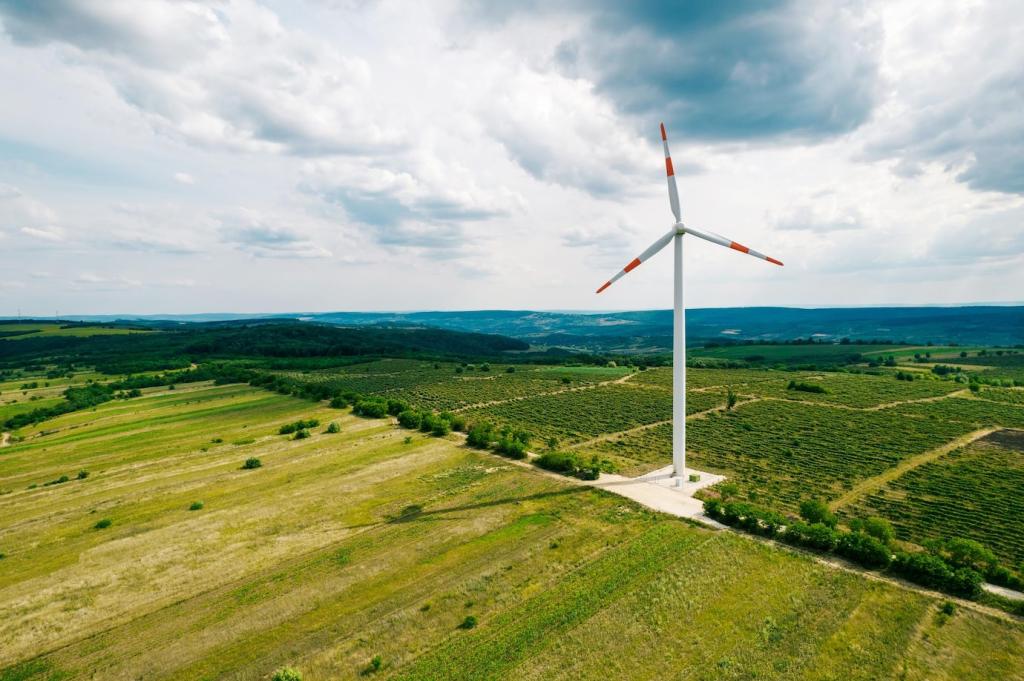Real-World Case Studies from the Field
Teams mapped fresh tracks and nest mounds along remote shores before heat and traffic erased evidence. Thermal hints helped distinguish false crawls from true nests. Volunteers loved the sunrise missions—write your favorite coastline and we might feature it in a community spotlight.
Real-World Case Studies from the Field
Night flights with thermal sensors guided rangers to suspicious movements near waterholes. Drones complemented ground patrols without broadcasting human presence. Comment if you’ve trialed coordinated radio protocols; we’re compiling community-tested tactics for safer, smarter patrols.

